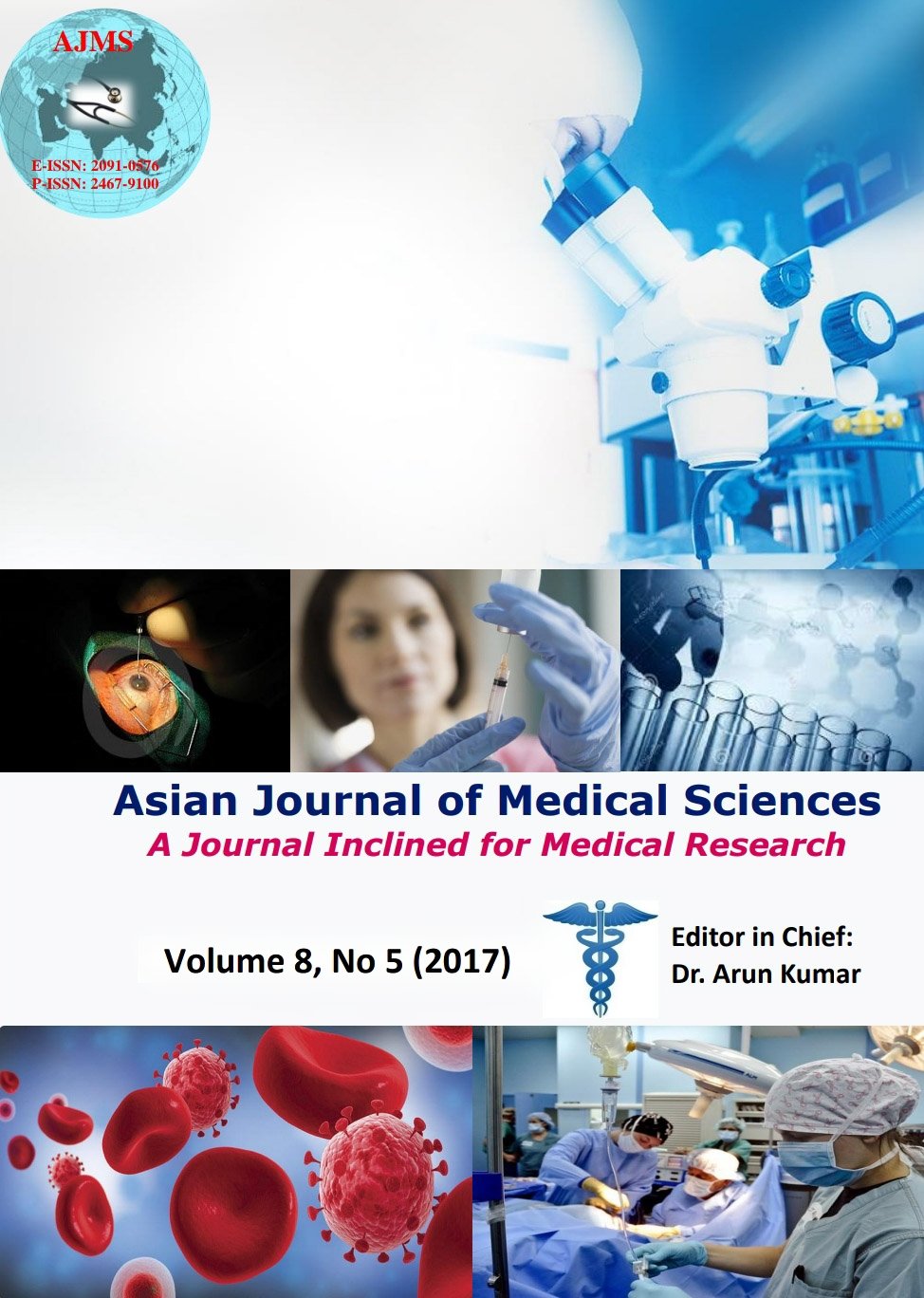Immunosuppressive Acidic Protein- Haematological correlates in HIV infected subjects
Keywords:
Immunosuppressive acidic protein, CD4, HIV/AIDS, Immunosuppression, HaematopathologyAbstract
Background: Immunosuppressive Acidic protein (IAP) is a marker of the extent of immune defects occurring in most cancers. Its correlation with CD4 cell count used as an indicator of immune function and disease progression in Human Immuno-deficiency Virus (HIV) infection is not well documented.
Aims and Objectives: To determine if IAP levels correlates with immunosupression and haematopathology occurring in HIV/AIDS infection.
Materials and Methods: This cross sectional study was conducted at the Federal Teaching Hospital, Ido-Ekiti. One hundred and five participants consisting of 85 HIV infected test subjects and 20 control subjects were enrolled into the study. CD4 counts was obtained using SL Cyflow machine, IAP levels determined using ELISA kit for human IAP and Full blood count for all participants was obtained using Sysmex KX-21N Haematology Analyzer. Regression and correlation analysis was done on data using SPSS 28.
Results: IAP showed a negative correlation with CD4 count (r= -0.6), (r= -0.9) and (r= -0.2) in the ART, NART and control groups. The pattern of the results was similar with other parameters except in Neutrophils (r= 0.2) (r= 0.3) and (0.1), Eosinophil (r= 0.6) (r= -0.4) and (r= -0.2) and Lymphocyte (r = -0.3) (r= -0.02) and (r= 0.05) in the ART, NART and control groups respectively. C
Conclusion: The outcome of this study show that a strong negative relationship exist between IAP and other immunohaematological parameters used for monitoring Immune status in HIV infection; however the information gotten is not sufficient to indicate IAP as a predictor of immune status in HIV infection. Further studies are therefore required to better elucidate the mechanism of increased IAP levels at different clinical stages of HIV infection.
Asian Journal of Medical Sciences Vol.8(5) 2017 8-16
Downloads
Downloads
Published
How to Cite
Issue
Section
License
Authors who publish with this journal agree to the following terms:
- The journal holds copyright and publishes the work under a Creative Commons CC-BY-NC license that permits use, distribution and reprduction in any medium, provided the original work is properly cited and is not used for commercial purposes. The journal should be recognised as the original publisher of this work.
- Authors are able to enter into separate, additional contractual arrangements for the non-exclusive distribution of the journal's published version of the work (e.g., post it to an institutional repository or publish it in a book), with an acknowledgement of its initial publication in this journal.
- Authors are permitted and encouraged to post their work online (e.g., in institutional repositories or on their website) prior to and during the submission process, as it can lead to productive exchanges, as well as earlier and greater citation of published work (See The Effect of Open Access).




